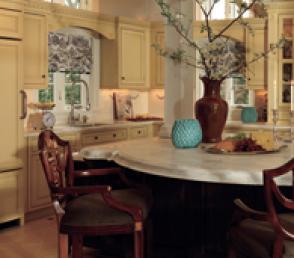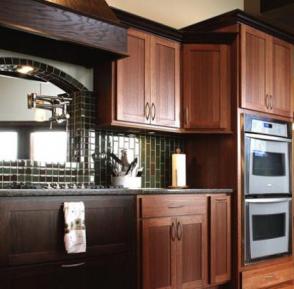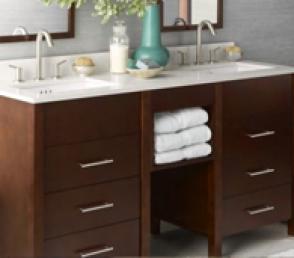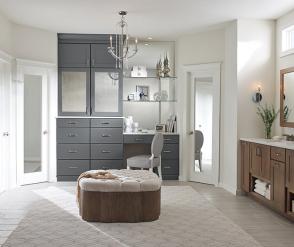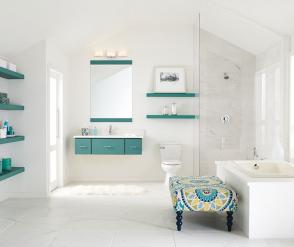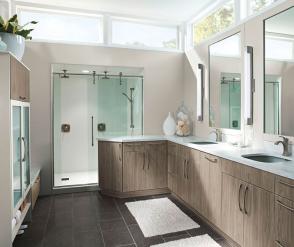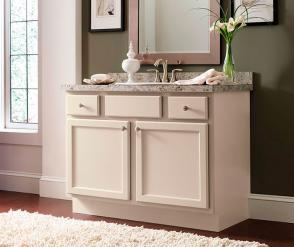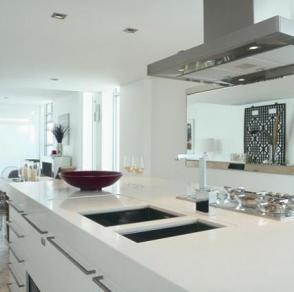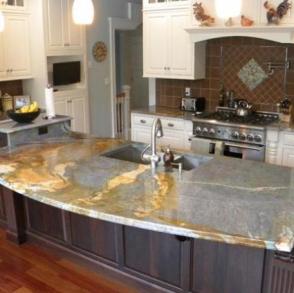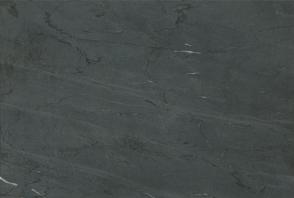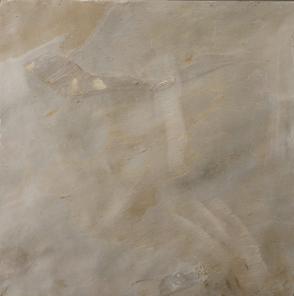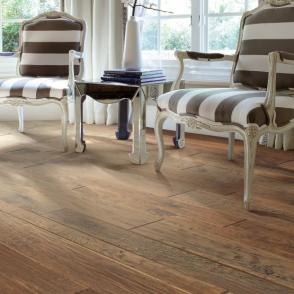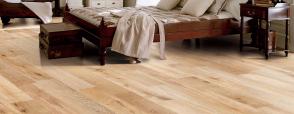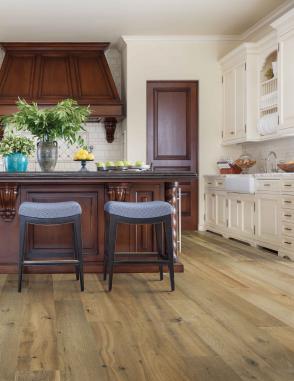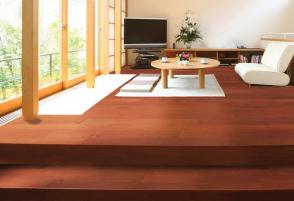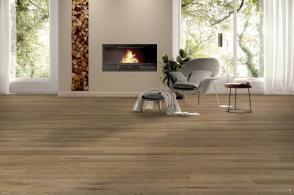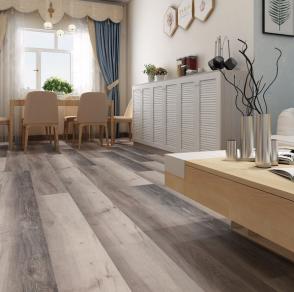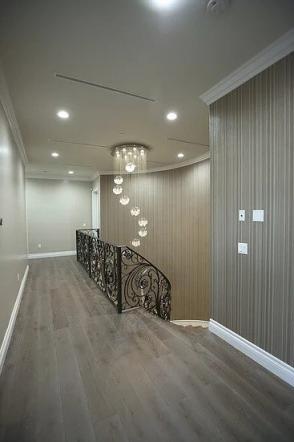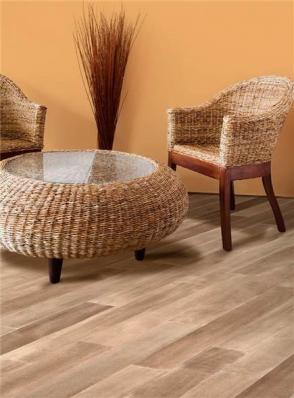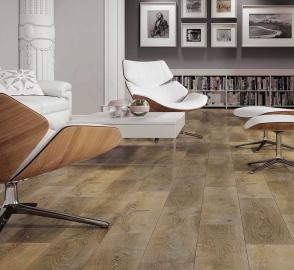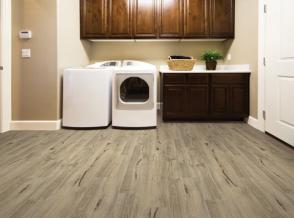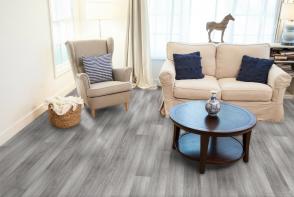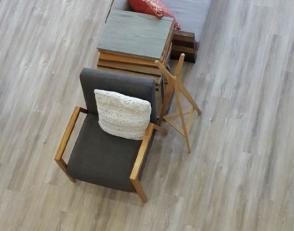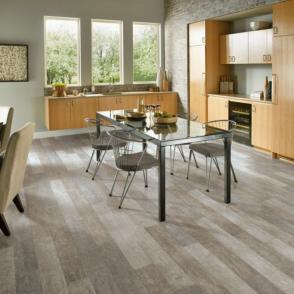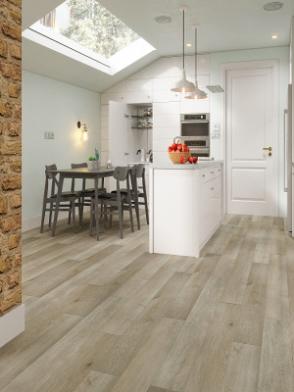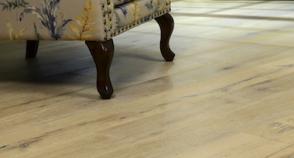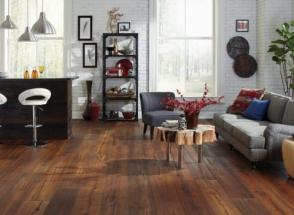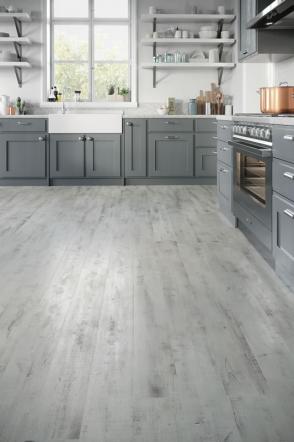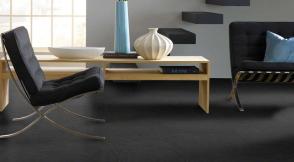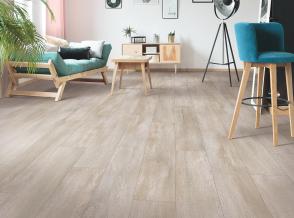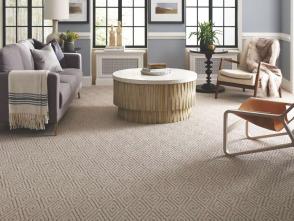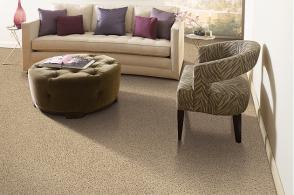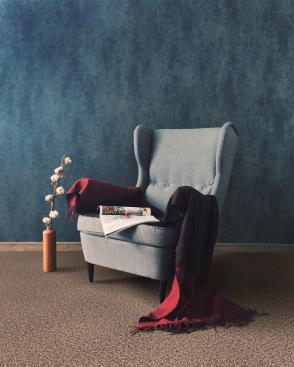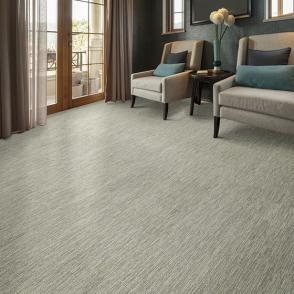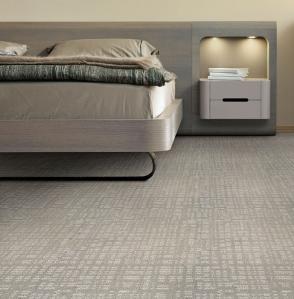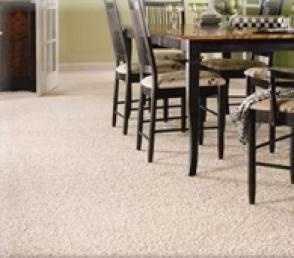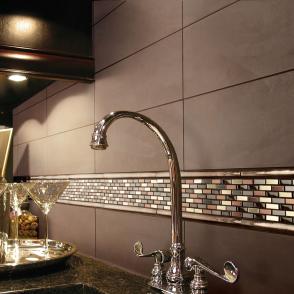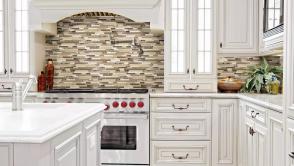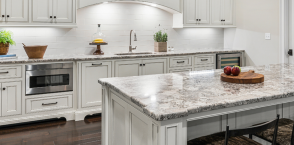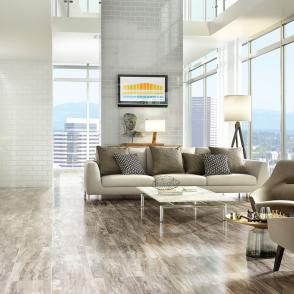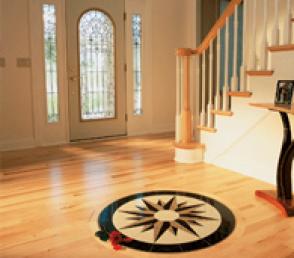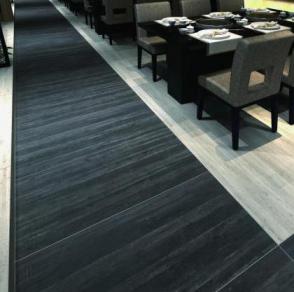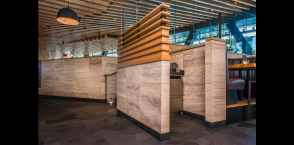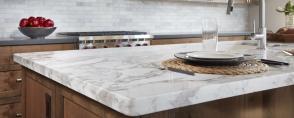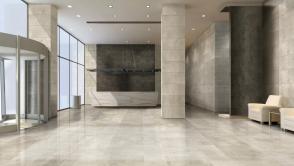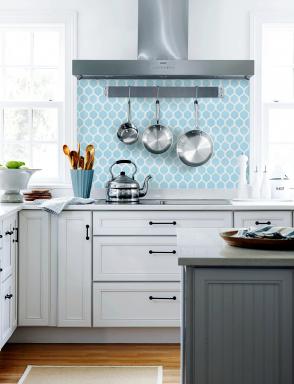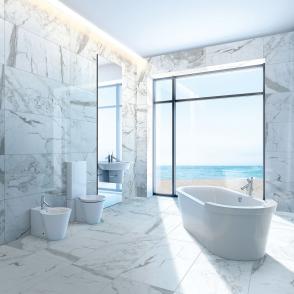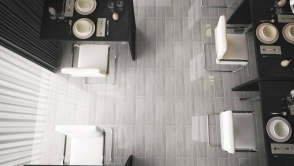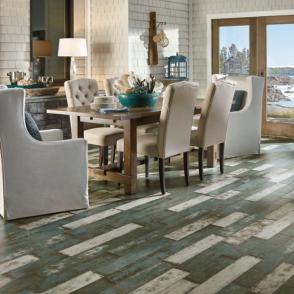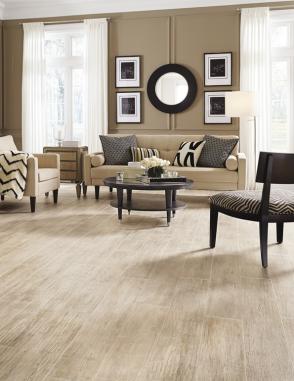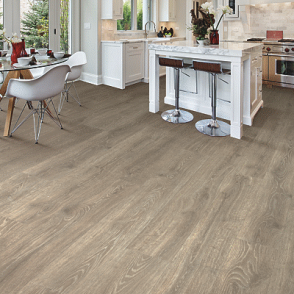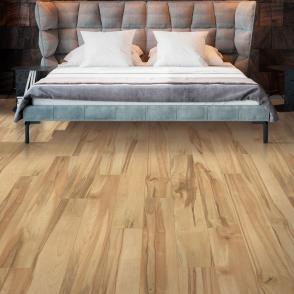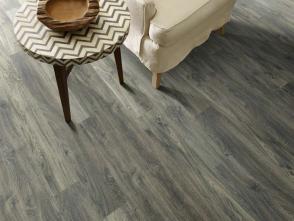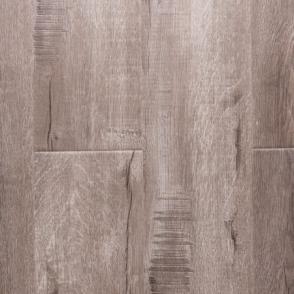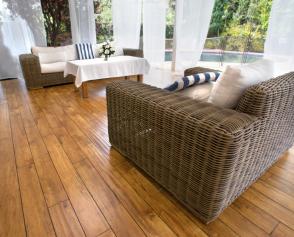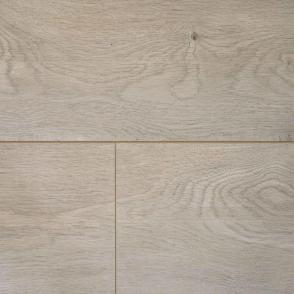Porcelain vs. ceramic, what’s the difference? At first glance they may look the same, and some people even think of them interchangeably, but let’s take a closer look before you make a commitment (not to mention a hefty investment!) to a tile for your next kitchen, bathroom, entryway or commercial project.
Although both types of tile are truly beautiful and come in a variety of colors, textures, designs and finishes, under the surface there are several factors that distinguish one from the other including composition, color, PEI rating and durability – all of which highlight porcelain a comparatively superior product.
Composition. Both porcelain and ceramic tile are composed of natural ingredients, fired and glazed, but their initial composition is what sets them apart from one another – ceramic tile is of made primarily of mixed clay, minerals and water and porcelain of finely-ground sand. Because the ceramic material is more porous than porcelain, it is inherently more sensitive to moisture and stain absorption. Porcelain however, which is more dense as a result of its composition, is highly resistant to moisture creating a durable product suitable for both inside and outside projects.
Color. Porcelain and ceramic tile are entirely different when it comes to color composition. Ceramic tile receives its color from a thin top glaze, meaning that underneath the design layer there is a different color – unfinished ceramic. This contrast in composition leaves even minor chips and scratches extremely noticeable, which can compromise the look of your entire room, and makes ceramic a risky choice. However, the same chip in porcelain tile will go hardly noticed because porcelain tile holds its color throughout.
PEI Rating. PEI stands for Porcelain Enamel Institute and is the standard hardness and durability rating system for both ceramic and porcelain tile – PEI 0 being suitable for no foot traffic and PEI 5 suitable for heavy residential and commercial foot traffic. Ceramic tile generally receives ratings on the lower end of the scale, while porcelain is steadily observed as a much more durable option receiving ratings around PEI 5.
Together, all of these factors play into the most important overall quality that distinguishes porcelain as a superior choice over porcelain – durability. As mentioned earlier, due to its composition, porcelain is resultantly a harder material, better holds its aesthetic integrity and is more water and stain resistant than ceramic, making it a reliable and versatile choice for all residential and commercial projects, both indoor and outdoor, and a great option even for high foot traffic areas.
When it comes to building and remodeling, choosing the right tile to complement your needs aesthetically and structurally is as important as the job itself. After all, what would a new entryway, bathroom or kitchen be without that perfect finishing touch – long lasting, durable and beautiful porcelain tile.
Are you wondering if porcelain is the right choice for your next project? Get in touch with us on Facebook or Twitter – we’re here to help!
OTHER BLOGS
Why Our San Diego Tile Flooring is Ideal for High-Traffic Areas
SD Flooring's Experts on Our San Diego Glass Tile


